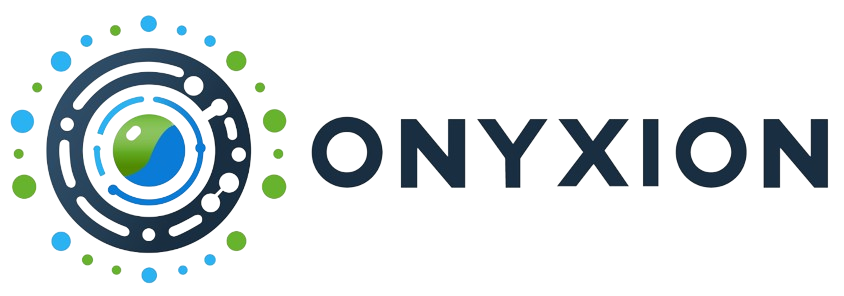Cloud Cost Visibility, Accountability, and Optimization
Executive Summary
As more organizations migrate workloads to the cloud, managing and optimizing cloud costs has become a critical challenge. The ease of provisioning cloud resources combined with the pay-as you-go model can lead to wasteful spending if not properly governed. FinOps, or Cloud Financial Operations, is an emerging discipline that involves cross-functional collaboration and cultural practices to help organizations get maximum business value from their cloud investments. This white paper explores the growing need for FinOps, explains the key principles and processes involved, and outlines the substantial benefits organizations can realize through effective FinOps practices.
The Cloud’s Double-Edged Sword
The rise of cloud computing has enabled unprecedented agility, scalability, and rapid innovation for organizations across industries.
However, the on-demand, utility-based cloud model makes it easier than ever to overspend if cloud costs are not carefully tracked, allocated, and optimized. A recent survey found that organizations underutilize over 35% of their cloud spend on average. With enterprise cloud spend projected to exceed $1 trillion in 2024, this translates to hundreds of billions of dollars in wasteful cloud expenditures annually.

The complexity of modern cloud environments—with multiple providers, accounts, services, and pricing models—makes it extremely challenging for organizations to understand their cloud costs and identify areas for optimization.
What is FinOps?
FinOps is the practice of bringing cultural philosophies, management disciplines, and technical practices together under a centralized operating model to enable better financial management of cloud resources.

The core principles of FinOps include:
- Cross-functional Collaboration: FinOps bridges communication gaps between engineering, finance, product, and leadership teams.
- Real-Time Cloud Cost Visibility: Implementing tooling and processes to centralize cloud cost data across providers and accounts.
- Accountability and Ownership: Clearly aligning cloud costs with business values and allocating accountability.
By promoting cultural change aligned with optimizing cloud costs, FinOps aims to maximize the value an organization realizes from its cloud investments.
Benefits of Implementing FinOps
Organizations that embrace FinOps can realize substantial benefits, including:
Reduced Cloud Costs: Typical FinOps initiatives drive 30-50% cloud cost savings.
Increased Engineering Efficiency: Less waste and more predictable cloud costs free up engineering resources.
Accelerated Cloud Adoption: Stakeholders gain confidence to accelerate cloud migration when costs are controlled.
Improved Governance and Compliance:
Centralized cost visibility enables better governance and compliance management.

As cloud usage continues growing, FinOps will prove increasingly vital for organizations to operate their cloud environments efficiently and cost-effectively.
Getting Started with FinOps
Implementing FinOps involves developing new processes, tooling, and most importantly instituting a cultural shift towards increased transparency and accountability around cloud costs.

Key first steps include:
- Build a FinOps Team: Establish a cross-functional FinOps team spanning engineering, finance,
product, etc. - Implement Cost Visibility Tools: Deploy cloud cost monitoring and management platforms.
- Define Accountability Model: Establish ownership and accountability for cloud costs across teams/products.
- Enable Cost Awareness: Promote FinOps education and make cloud costs visible to
stakeholders. - Prioritize Areas for Optimization: Identify low-hanging optimization opportunities for immediate cost savings.
With C-suite support and persistent reinforcement, FinOps can become engrained into an
organization’s DNA for sustainable cloud cost optimization.

